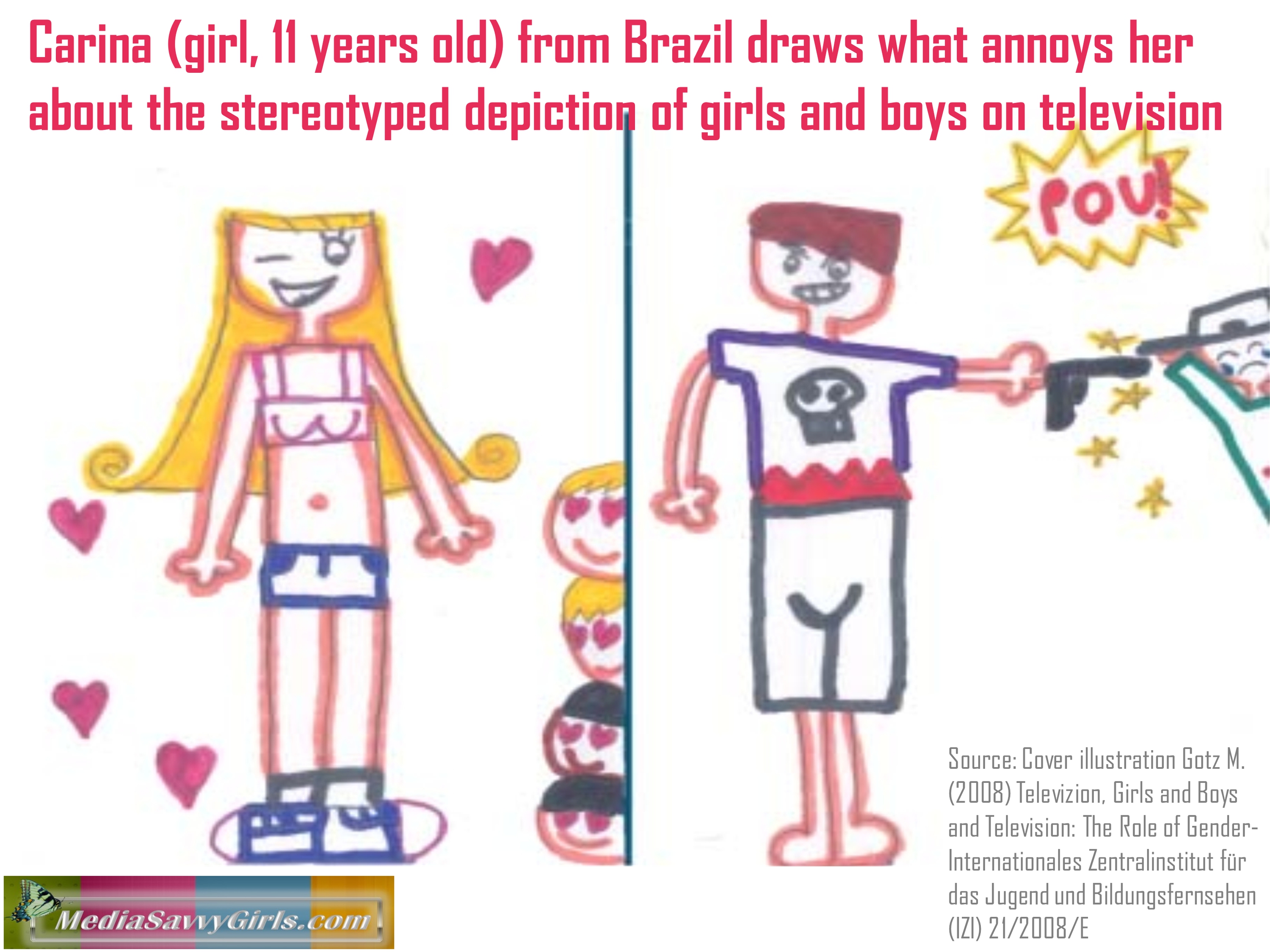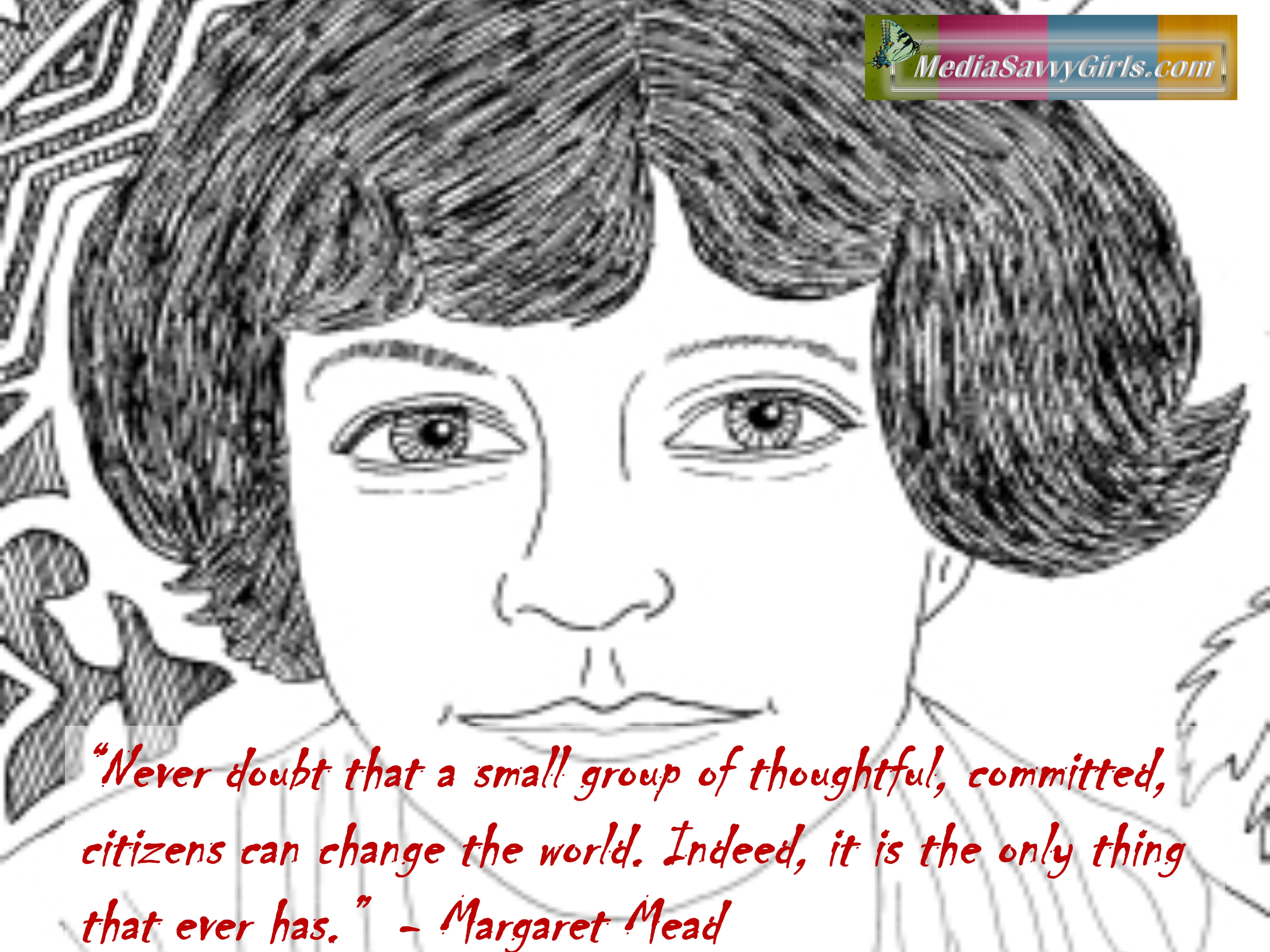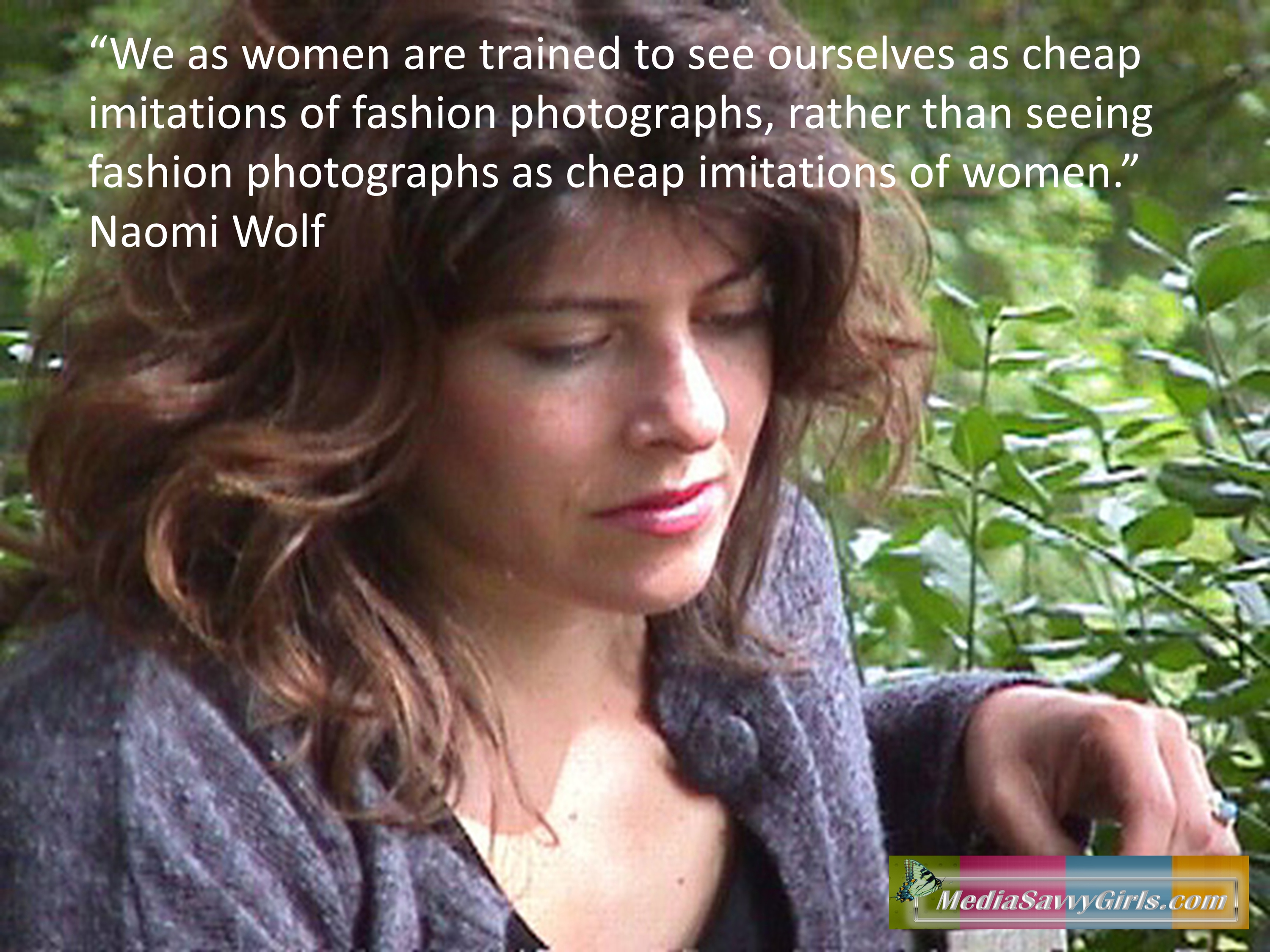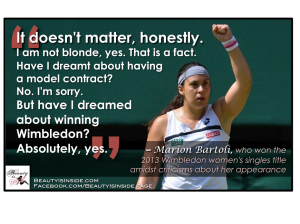Watch this video of a 4 years old girl in a toy store in New York talking about the unfair separation of “pink princesses and blue superheroes” in the children world created by marketers.
No doubt she’s referring to her parent’s discussion on the topic, but this shows in itself the power of parental mediation: girls may be surrounded but a whole system pushing them towards beauty and appearance, but the words, discussion, even casual comments they get from their family will always form their frame of reference to evaluate whatever they see around: this aspect -the power of parental mediation – has also emerged very clearly from my empirical research on young girls’ response to adverts (www.TheGirlsProject.co.uk), and it’s indeed a positive thing which should make parents feel optimistic about their role, especially at this earlier stage of the development (before the adolescence phase, where rebellion towards parents becomes normative, representing for children a way to assert their independence)
This second video is uncut while the first is her video announced by ABCNews
So what do you think? Isn’t this video showing the remarkable power of parental mediation? 😉





